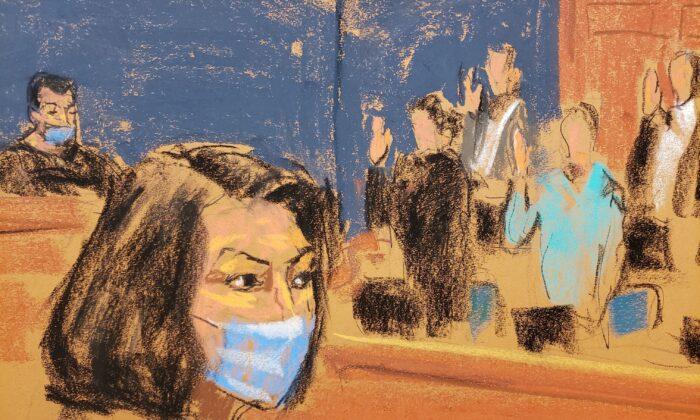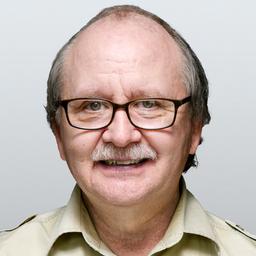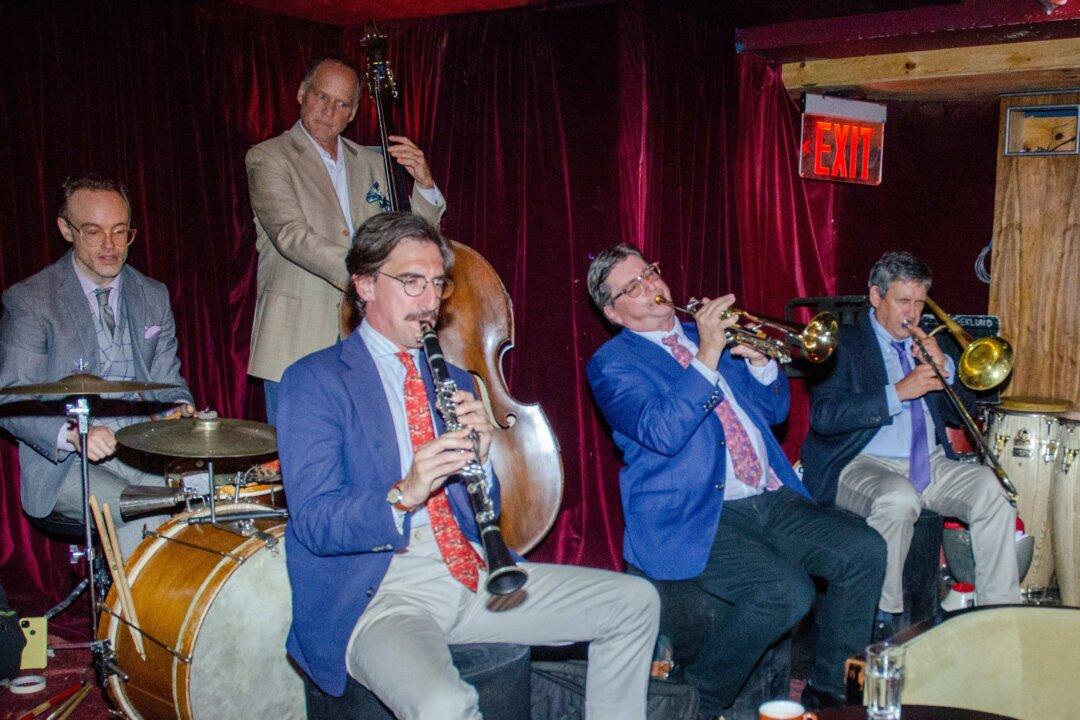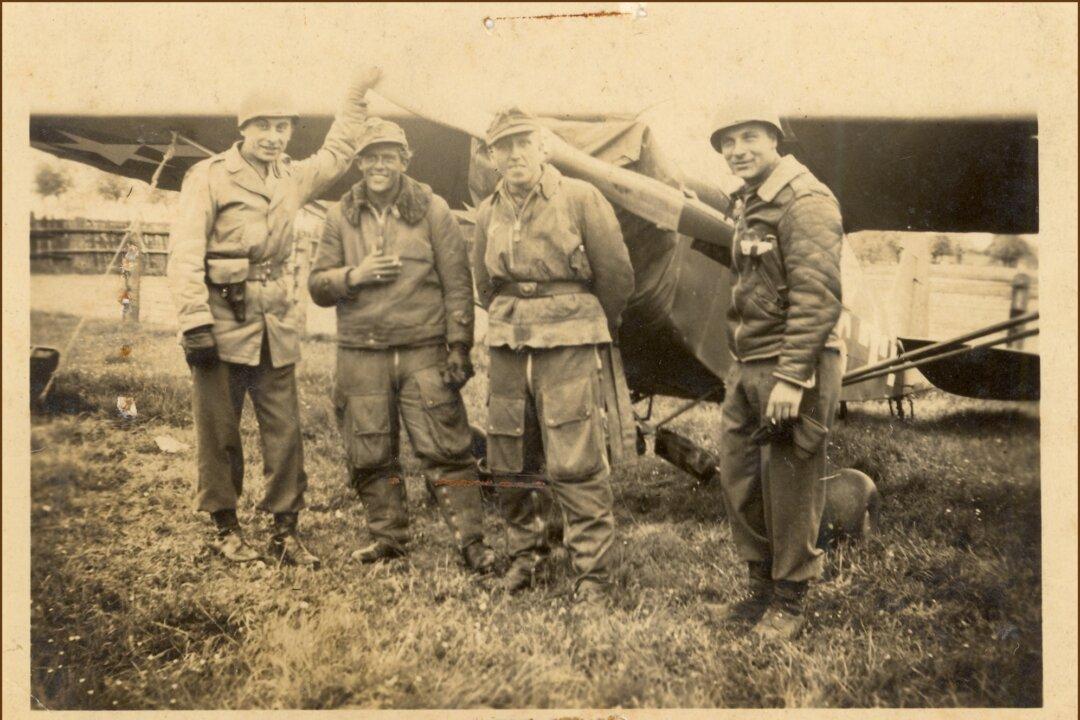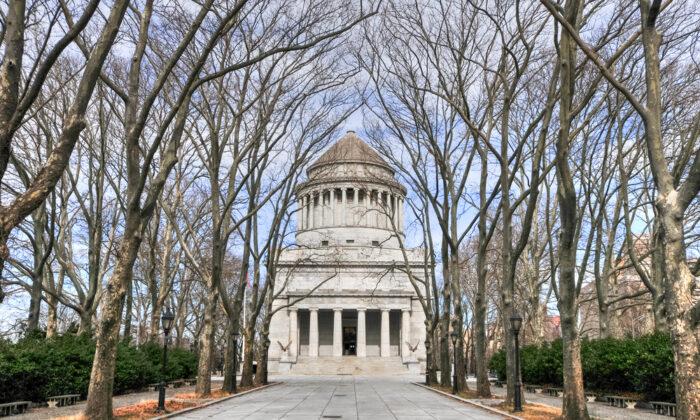NEW YORK—In an effort to protect the anonymity of the alleged victims in the Ghislaine Maxwell sex-trafficking trial, Judge Alison Nathan instructed the lawyers and witnesses to refer to them either solely by their first names or a made-up one.
Earlier this week, one such witness was “Jane,” and any evidence with her actual name on it was submitted under seal. The public wasn’t told her name.
That all changed on Dec. 3, when defense attorney Jeffrey Pagliuca accidentally said a woman’s first name when referring to Jane.
Pagliuca caught his mistake immediately, but the damage had been done.
“You are admonished to abide by my rules,” Nathan told Pagliuca, and then she called a sidebar.
Pagliuca had said just moments before that her name had been blacked out on the documents from which he was reading.
The error occurred about a half-hour into the day. Prior to this, Pagliuca was cross-examining Juan P. Alessi, who managed the blue-collar workers at Jeffrey Epstein’s Palm Beach estate.
On Dec. 2, Alessi testified that he had returned to Epstein’s house after his employment had ended, snuck in, and stole $6,300 in cash, citing “financial and marital problems.”
He claimed he was confronted by Epstein, who called it a “loan,” and Alessi paid it back.
Alessi also claims he went to the police regarding the matter on his own, and Epstein didn’t file charges.
Under cross, Pagliuca reminded Alessi that the day before, he had said, “I will tell the truth,” referring to details of the incident.
“But you didn’t tell the truth yesterday, did you, Mr. Alessi?” Pagliuca asked.
He went on to claim Alessi actually entered the house on another occasion, looking for a gun, but stole $1,900 instead.
“Not true,” said Alessi.

Pagliuca read excerpts from a police transcript in which Alessi spoke about both robberies. Alessi didn’t recall giving the deposition, but verified his signature on it.
On Dec. 2, Alessi testified he met Jane in 1994.
However, Pagliuca read from another deposition, taken when Alessi met with Virginia Roberts, another alleged victim, and her lawyer. In it, Alessi stated he met Jane in 1999 or 2000.
Alessi said he may have confused Jane and another girl.
Pagliuca referred to a third deposition, from 2016, when a lawyer for Jane contacted Alessi in July 2020.
Referring to the document, Pagliuca asked, “Do you remember you made a sworn statement?” to which Alessi replied, “I don’t know what you’re talking about.”
However, once again he confirmed it was his signature.
Pagliuca continued to read excerpts from the depositions that contradicted Alessi’s previous testimony.
Alessi agreed when Pagliuca stated that no massage therapists ever performed a massage on Epstein against their will, there were never any signs of distress, and they left after they were paid. When asked if the massage therapists were of legal age, Alessi replied, “I believe so.”
U.S. Attorney Maurene Comey called the prosecution’s next witness, Gregory Parkinson, a retired crime scene manager and police officer for Palm Beach.

Parkinson testified he had been at Epstein’s house twice: once in 2003 for one of Alessi’s thefts, and again in 2005, when a search warrant was executed for the estate.
At the end of the search, evidence was brought back to the Palm Beach Police Department headquarters and then transferred to the FBI in 2006.
As part of the search warrant’s execution, Parkinson shot video footage of the interior of the house. The 39-minute video was viewed in court by Parkinson and the jury, but not the public.
Parkinson pointed out that there was one photo on the wall of Epstein and Fidel Castro, and another one of Epstein and Pope John Paul II. He gave details of each room he viewed in the video, as well as from still photos.
A physical piece of evidence, a massage table taken in the search, was presented to the jury. Parkinson viewed several photos of photos from the house, which were submitted under seal.
Defense attorney Christian Everdell cross-examined Parkinson.
Parkinson confirmed the first time he was at the Epstein house was in 2003 and the second time in 2005.
Everdell contended that with all the time that passed between 1994 (when the sexual abuse of Jane is purported to have begun) and 2005 (when the video and photographs were taken) that Parkinson can have no knowledge of what the house actually looked like in 1994.
“I have no way of knowing that,” Parkinson said.
Additionally, when Parkinson was at the house in 2003, he saw blueprints and material swatches, either for carpets or drapes, giving him reason to believe the house was going to be renovated soon after.
Everdell said the “bottom line” is there is no way to know what the house looked like 11 years prior.
The final witness for the week was Sgt. Michael Dawson, a detective in the Palm Beach Police Department. Dawson was part of the Oct. 20, 2005, search, but wasn’t part of Parkinson’s team.
He testified that he found monitors and keyboards without towers, phone message books (which were discussed in Alessi’s testimony on Dec. 2), two massage tables, photos of nude females, and two “Twin Torpedo” sex toys.
Comey provided Dawson with three message books, but he couldn’t say with complete confidence that they were the ones he seized.
On cross, Everdell asked Dawson if he was involved with Alessi’s burglaries. He answered, “I don’t recall.”
Dawson was provided a document that confirmed he was.
Dawson’s testimony contradicted Alessi’s, where Alessi said he went to the police on his own. According to Dawson, they went looking for him and found him first. Dawson also confirmed Alessi stole cash twice.
Cross-examination was to continue on Dec. 6.
The first week of the trial ended with the prosecution calling its first nine witnesses. Only Jane’s had the potential to cause damage to Maxwell, although none of the damaging parts have yet been corroborated by an eyewitness.
